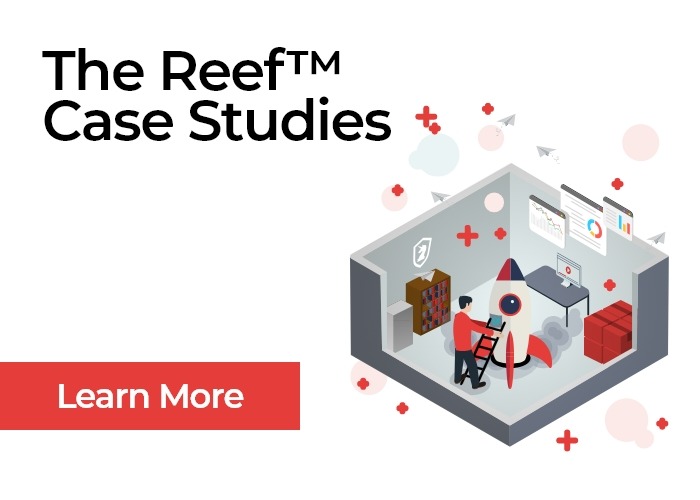Breaking your customer’s legs because they owe you money is not a good idea. It’s not very nice and it will probably make them want to cease being your customer. Calling them on the phone and shouting at them because they have not yet paid their overdue bills is better than breaking their legs, but it’s still not very good. Hopefully, you don’t want to be the kind of entrepreneur who engages in leg breaking, over-the-phone screaming, or angry email sending. Hopefully, you also don’t want to be the kind of entrepreneur who runs out of his or her startup capital and goes out of business. To avoid becoming either of those kinds of entrepreneurs, you’ll need to be the kind that utilizes effective cash to cash acceleration tactics.
Cash to cash acceleration is trying your hardest to quickly obtain all the money that’s owed to you. Cash to cash acceleration also includes decelerating the time it takes to pay your bills, without incurring financial penalties.
Company A vs. Company B
Imagine that you received some startup capital and then created a company, called Company A, that sells gnomes. Shortly after starting the company you receive an order for $10,000 worth of gnomes. Let’s also say that a close competitor of yours, called Company B, also receives an order for $10,000 worth of gnomes. Let’s say that, because you spent lots of time reading blogs for entrepreneurs before starting your business, you are wise enough to reward your customers when they pay you early. Additionally, let’s say that the entrepreneur who runs Company B does not offer any such rewards because he or she has no regard for the startup capital that their angel investors provided.
In this scenario, the reward you offer can be described as 5/10 net 30. The real-life version of you that is reading this blog post right now might not know what 5/10 net 30 means yet, if that’s true, don’t worry about it. The version of you that exists in this hypothetical situation knows exactly what it means. 5/10 net 30 means that the full amount of the payment that you are owed will be due in 30 days, but if your customer pays you within 10 days, he or she will receive a 5% discount on their order.
Sad, But True
The unfortunate truth is that when companies give their customers 30 days to pay them for an order, they will probably end up receiving it within 45 to 60 days. Making a substantial profit on an order is a reason to be happy, but being forced to wait 60 days to receive that profit would be a reason to be sad.
When you are running a company, you are probably going to need to pay your employees at least once every two weeks. Your labor costs will exist on top of your overhead costs, raw materials costs and other expenses. If you gave the gnomes to your customer on January 1 and the price you charged them was $10,000, that would mean that if they chose to take advantage of the discount you offered, they paid you $9,500 some time before January 10. If you had payroll coming up in a few days and you just got paid $9,500, did you have a hard time making payroll? Probably not.
So now let’s think about what happened to your competitor. Let’s say that their customer is better than most customers and that customer finally paid the bill 45 days after receiving the order. That would mean that Company B might have had to make payroll three times before getting their money for this order. Those payroll expenses would have been incurred on top of all of the other costs that Company B would have incurred over that period of time. Hopefully, Company B had enough working capital to cover the expenses that they needed to cover during that time. By the end of the month, the owner of Company B was really wishing they had read more blog posts on entrepreneurship before starting their gnome company.
Things Add Up
Additionally, let’s say that your company received three more orders of similar sizes and that you filled those orders on the 5th, 10th, and the 15th of January. If you offered terms of 5/10 net 30 to the customers who placed all those orders, then you gave those customers a reason to put $28,500 ($9,500 x 3 = $28,500) in your bank account by January 25.
Now let’s say Company B also received three similar orders at similar times. This would mean that they needed to pay the costs associated with filling all of those orders and yet, even if all of their customers paid their bills sooner than the average customer would have, by the end of January Company B was probably still quite far from receiving any of the money that they were owed for filling those orders.
Be The Kind Of Entrepreneur That You Want To Be
Companies frequently go bankrupt because of a lack of cash flow. Being owed money is not nearly as useful as actually having money. Furthermore, a company can never be 100% certain that they will ever receive money that they have not yet been paid. Going long periods of time without receiving the funds that are owed to them can severely hinder an organization’s ability to operate as well as their ability to plan for the future.
Utilizing effective cash to cash acceleration tactics can do a great deal to protect an organization’s startup capital and the rest of their assets. When business owners suffer from a lack of cash flow they might be tempted to resort to drastic, unwise measures that can ultimately result in them losing customers and lead to very negative outcomes for them, their investors, their employees, and their gnomes.










